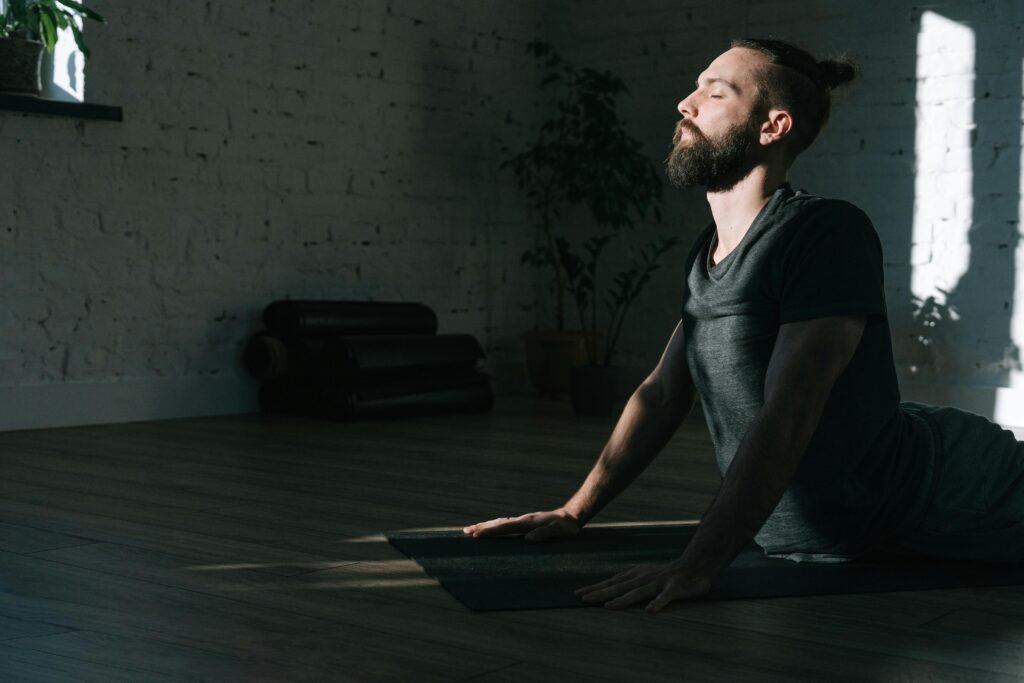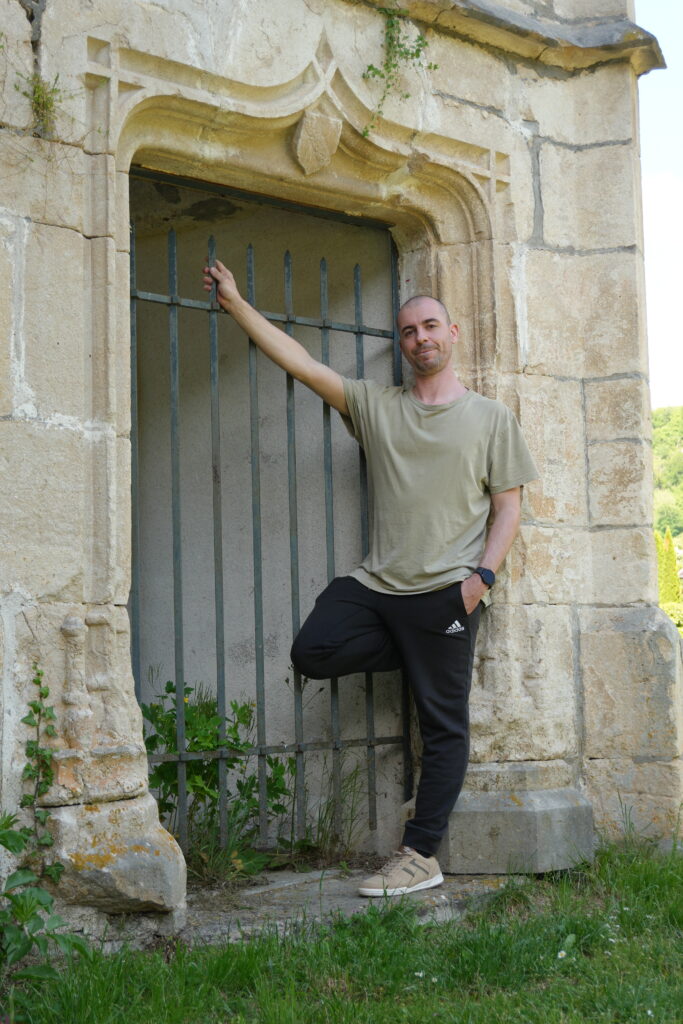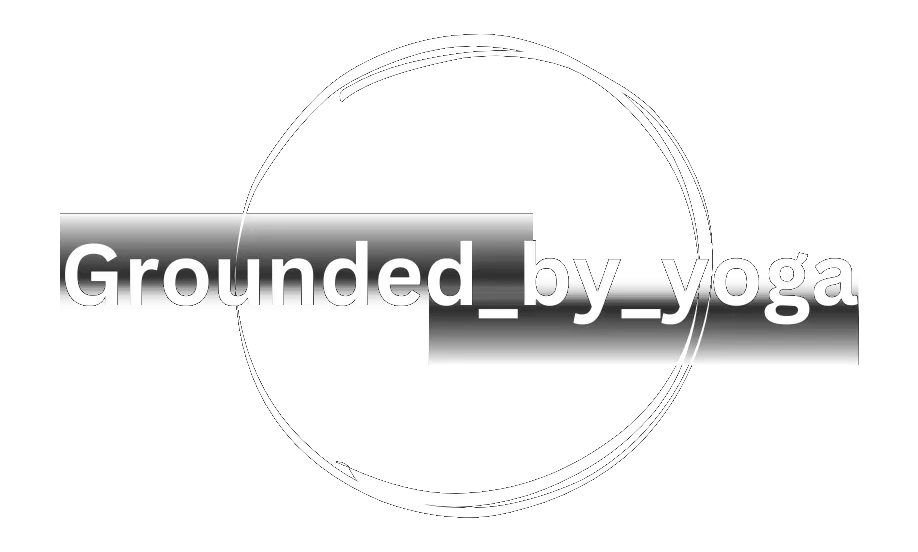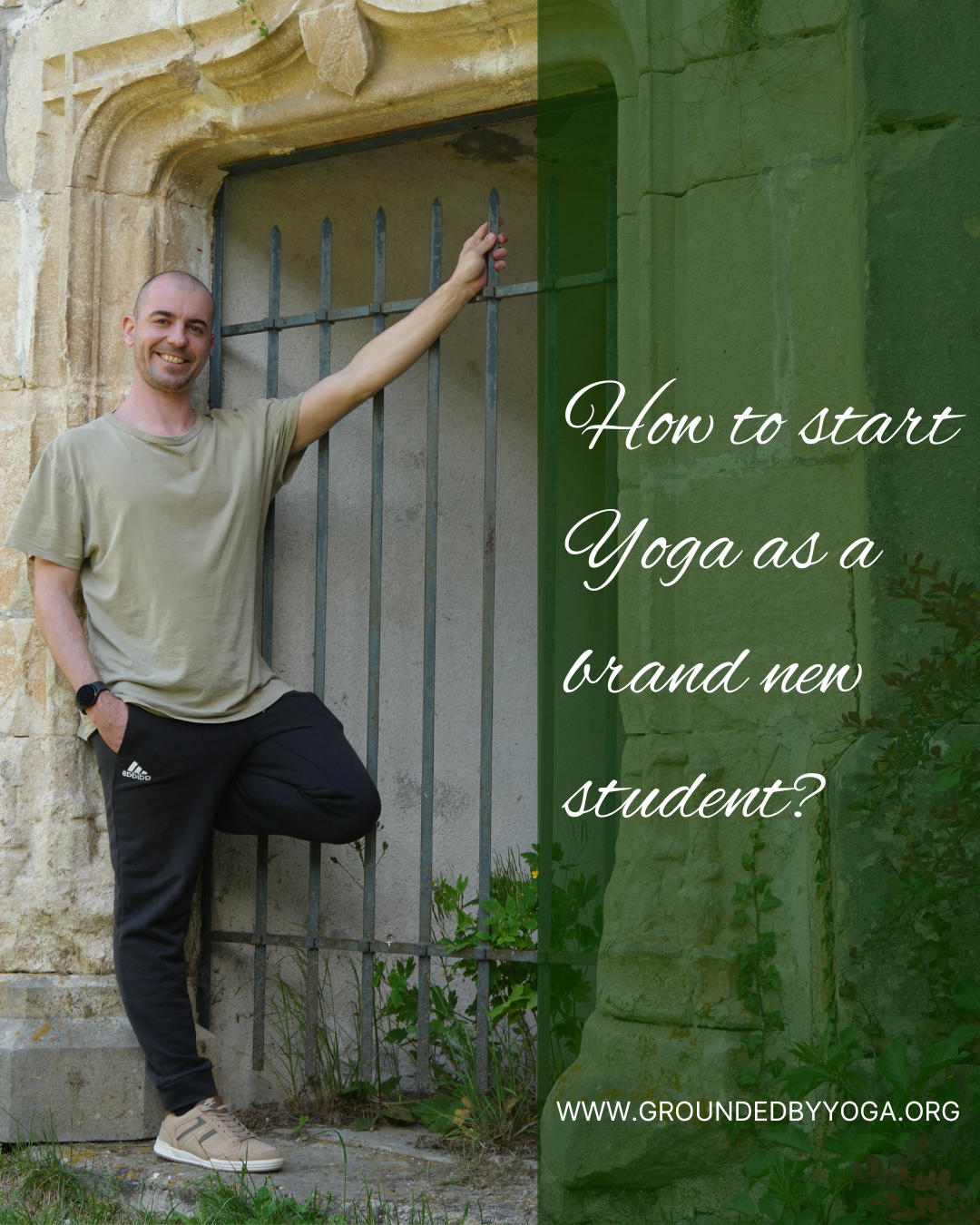Open your door, step outside, and take a moment to observe the people walking by. It quickly becomes clear that stress and anxiety are more present than ever—you can see it in people’s faces, their hurried steps, and the closed-off expressions they carry. Many of us are struggling to keep up with the demands of daily life—family responsibilities, deadlines, expectations, and the constant pressure to perform. If you find yourself feeling overwhelmed or burnt out, you’re not alone and you might be interested to consider trying yoga for beginners, which can be a great way to manage stress and find balance amidst the chaos.
Thankfully, there are gentle, accessible ways to find relief—and yoga, especially yoga for beginners, is one of the most powerful among them.
Yoga has long been recognized as a holistic practice that supports not only physical health but also emotional and mental well-being. And here’s the best part: you don’t have to be flexible, fit, or experienced to benefit. In fact, yoga for beginners can be one of the most effective ways to relieve stress and anxiety, creating space for calm, clarity, and balance.
Yoga to relieve stress and anxiety?
Yoga works on multiple levels. Physically, it stretches and releases tight muscles, especially those that contract when we’re anxious or stressed. Mentally, it invites us into the present moment, helping quiet a busy or overthinking mind. On a deeper level, yoga activates the parasympathetic nervous system—often called the “rest and digest” response—which helps counteract the body’s stress-induced fight-or-flight mode.

Through mindful movement, breath awareness, and simple meditation, yoga teaches us how to return to a state of ease. Practicing yoga to relieve stress and anxiety isn’t about doing a split or achieving perfection (spoiler alert: perfection doesn’t exist!); it’s about cultivating presence, building resilience to daily stressors, reflecting on the way we feel on that particular day, and reconnecting with yourself.
Getting Started: Yoga for Beginners Made Simple
If you haven’t started yet or you’re just beginning your yoga journey, you might feel unsure about where or how to begin. Maybe you’re worried that you’re not flexible enough, or that you don’t have the right gear. Don’t worry—let’s clear up those misconceptions right now.
Here’s what you really need to know:
- You don’t need to be flexible. Yoga meets you exactly where you are. With practice, patience, and dedication, flexibility will come in time.
- You don’t need fancy clothes or equipment. A yoga mat or even a towel, and a pair of blocks if you have them, can be helpful—but they’re not essential. Comfortable clothes are more than enough (yes, even your pajamas—no need for fancy leggings).
- Even 10 minutes a day can make a difference. Consistency matters more than how long you practice. A short daily routine can have a big impact over time.
- There’s no right or wrong. You’re always allowed to adapt the practice to suit your body and energy level. Teachers are there to guide you, but ultimately, it’s your practice.
Yoga for beginners is about exploring, not performing. It’s your invitation to slow down, listen to your body, and create a space for healing and ease.
5 Beginner Yoga Poses to Ease Stress and Anxiety
These five gentle poses are perfect if you’re new to yoga. Each one supports relaxation, nervous system regulation, and tension release. Try holding each pose for 1–3 minutes, breathing slowly and deeply.
1. Child’s Pose (Balasana)
A deeply restorative pose that soothes the nervous system and invites stillness and surrender.
- Kneel on the floor, sit back on your heels, inhale to lengthen the spine and as you exhale fold forward from your hips, resting your forehead on the mat.
- Arms can stretch forward or rest beside your body.
- Breathe into your lower back, letting go of tension.
2. Legs Up the Wall (Viparita Karani)
Perfect for calming anxiety and improving circulation.
- Sit sideways next to a wall and swing your legs up as you lie down.
- Adjust your hips close to the wall and rest your arms at your sides.
- Close your eyes and focus on your breath.
And today, I have the pleasure to share with you this simple posture combined with a breathwork to access deep level of relaxation. Feel free to take a moment today to try this out (don’t forget to leave me a comment on your experience!)
3. Cat-Cow Stretch (Marjaryasana-Bitilasana)
A gentle way to release tension in the spine and connect breath with movement.
- Come onto hands and knees in tabletop position.
- Inhale, arch your back (Cow Pose), lifting your chest and tailbone.
- Exhale, round your spine (Cat Pose), tucking chin and pelvis.
- Move slowly and rhythmically.
4. Seated Forward Fold (Paschimottanasana)
This forward fold helps quiet the mind and stretch the back line of the body.
- Sit on a folded blanket with legs extended forward. Inhale, lengthen your spine.
- Exhale, hinge at the hips to fold forward, reaching toward your feet.
- Let your head relax, knees can be bent as needed.
5. Supine Twist (Supta Matsyendrasana)
A gentle twist to release physical and emotional tension.
- Lie on your back, bend your knees, and drop them to one side.
- Extend your arms to a T-shape, and if your neck is OK, gaze gently in the opposite direction.
- Breathe deeply, then switch sides.
Tips for Staying Consistent
Building a consistent yoga practice isn’t easy but it doesn’t have to feel like a chore. Here are a few tips to help it stick:
- Start small. Just 10 minutes a day is enough.
- Pair it with an existing habit. For example, practice after brushing your teeth or before your morning tea or coffee.
- Create a calming space. Even a quiet corner with a mat can signal your body it’s time to unwind.
- Be kind to yourself. Missed a day? It’s okay. Begin again, gently.
- Your body feels tired. That’s totally fine, sit in meditation for 5 to 10 min.
Remember, yoga is a lifelong journey, not a destination. Every time you step onto the mat, you’re choosing to show up for yourself.

You Deserve to Feel Better
Yoga for beginners isn’t just about learning poses. It’s about giving yourself permission to slow down, to breathe, to reconnect. In a world that constantly pulls you outward, yoga calls you inward—toward calm, clarity, and grounded presence.
Whether you’re managing work stress, emotional heaviness, or general anxiety, these simple yoga practices can help you feel more balanced and at ease. The more you return to your mat, the more you may notice subtle shifts: deeper sleep, clearer thinking, and a sense of peace you carry off the mat, too.
Do you want to give it a try?
Click the link below to claim one of my FREE resource called “The Calm Within”, A Gentle 3-Day Plan to Recenter. This plan is designed to give you a litle taste of what yoga has to offer.
You don’t need to be perfect. You just need to begin, to trust the process and to let the practice guide you towards your highest self.
If You want to deepen your yoga practice and knowledge, click the link below to explore my yoga courses!
I’d love to hear from you! Let me know in the comment below if you have any questions about starting your yoga journey, need help choosing a practice, or just want to share how yoga has been supporting your well-being—I’m here to support you. And if you’re curious to keep exploring, you’ll find more blog posts linked below with simple, grounding practices and tips to help you relieve stress and reconnect with yourself.
Take care,
Steve Bavoysi
Founder and CEO of Grounded_by_yoga
Come and join me on social media! Share! And thrive!



Leave a Reply